5 essential EOT valuation questions
You might have identified a sale to an Employee Ownership Trust (EOT) as a potential succession solution, but just because you’re transferring your business to your employees doesn’t mean you don’t want to get a realistic price for the company you’ve spent years building.
Here are a few points you’ll need to think about when you’re identifying what your company’s worth when you sell to an EOT.
1 How much surplus cash /assets are in the business at the moment?
When you sell to an EOT, all the consideration that you receive will be subject to capital gains tax (CGT) – and because you are selling to an EOT, you should receive 100% CGT relief. The value of the business includes any surplus cash that’s already in the business that is paid to you as part of the sale consideration. That’s a huge advantage, as if you were selling to a third party you’d usually need to take that cash out as a taxable dividend. The same can be applied to surplus assets such as freehold property.
However, remember that the business will need to continue operating profitably for some years after the transition in order to repay the balance of the sale consideration owed, so you’ll need to balance the initial payment you might receive against the implications for the business, which will likely need to maintain liquidity to cover ongoing costs, including re-investment and training.
2 How profitable is my business?
The sale to an EOT is usually paid for with an initial cash payment to the seller, with the remaining consideration paid on a deferred basis over the next few years out of the company’s post-tax profits. Your valuation therefore will be based on demonstrating that the company can realistically maintain a certain level of future profitability.
3 How long do I have to wait for my money?
Again, this will depend on future profitability. Typically, sellers to an EOT will have to wait for between 5 and 7 years to receive their full payout. If, based on your projected profits, it’s going to take more than 10 years to achieve the payout, this might point towards an overvalue of your company (depending on your sector). The Trustees of your EOT (as buyers) might query that valuation and you may need to adjust the price.
4 Do I need to get a formal valuation before I proceed?
We always recommend that the Trustees of your EOT obtain a formal, independent valuation before they enter into the transaction. This is partly because of trust law, which states that the Trustees may not pay more than a fair market value for the shares being purchased.
However, as the seller you should also be aware that if you are paid more than fair market value for your shares, there is a risk that HMRC may review the situation in the future. If they consider that the shares were over valued at the time, you might find yourself charged to income tax on the excess.
It’s not possible to agree a valuation with HMRC before you sell your company to an EOT, so it’s important that any valuation prepared is realistic and supported by the evidence.
5 What other cost implications should I think about?
It’s worth bearing in mind a few things that will impact indirectly on the valuation, because there are some costs that apply to third party transaction that can be largely avoided in an EOT transaction:
Easier valuation process: Reaching a sensible agreed value should be more straightforward than negotiating with an external buyer such as a competitor. The sellers, the management and the EOT are all aiming to agree a price that is realistic, with payments to the sellers that are manageable and within future realistic trading projections, so as not to hamper the business’s ongoing success. The valuation process will be undertaken with a full understanding of the business financial position, without adversarial input from a third party buyer and their advisers.
Greater price certainty: Once you’ve ascertained a realistic price for the business, taking into account ongoing affordability of repayments and the requirement for the Trustees not to overpay, that value is highly unlikely to be adjusted. This is quite unlike a third party sale where the buyer will be certain to negotiate hard right up to the moment of completion with “price chips”. Because of the usually high level of deferred consideration EOT transactions also usually contain fewer warranties and indemnities than, for example, a trade sale which can adjust the eventual level of consideration received.
Lower risk: Similarly, once an EOT has been identified as the best exit solution, and the valuation agreed, there is invariably buy-in from all the key parties – sellers, ongoing directors and trustees. EOT transactions hardly ever fall over at the last minute as they are largely a seller-controlled process; third party transactions are much riskier in this regard.
Smoother transition: Post-transaction, your business can continue to operate exactly as it did before. In many cases, the original owner-directors will sell their shares but remain in their positions on the board, albeit often alongside the next generation of directors as succession progresses – if only to be reassured that the company will continue profitably in order to repay their consideration. Contrast this smooth transition with the possibilities of wide ranging changes and disruption to the business that may arrive with new owners – including potential redundancies and cost savings.
In short, an EOT transaction is a non-adversarial transaction, which removes a lot of the cost, uncertainty and risk (not to mention stress!) of selling to a third party.
Next steps
RM2 carries out detailed Feasibility Studies for businesses looking to transition to an EOT, which will help you identify the affordability of your proposed sale, a realistic value, and the timeline for repayments.
To find out more, contact us for a free consultation with one of our experts on enquiries@rm2.co.uk.


